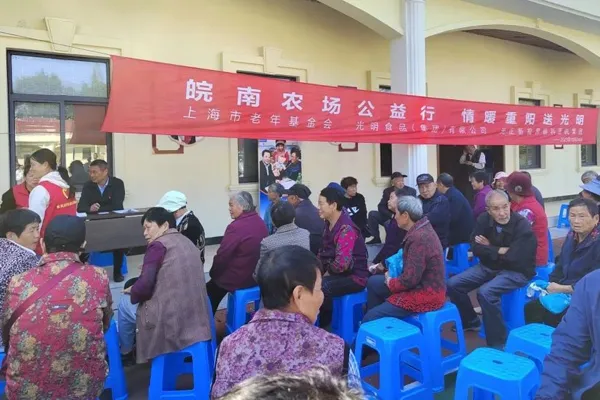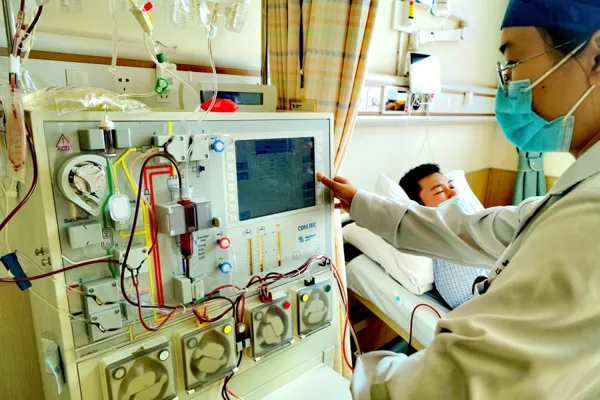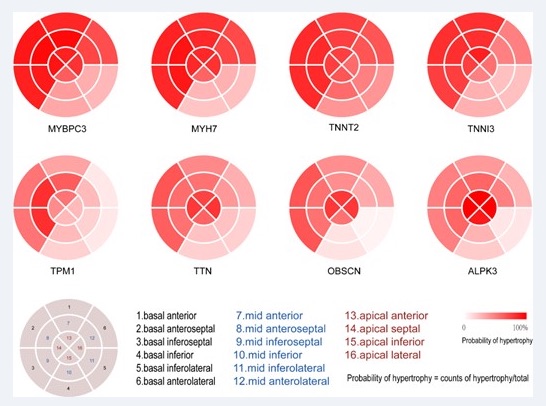The child who underwent Asia's first intrauterine aortic valve balloon dilatation is 5 years old! The second surgery achieved the expected results
Today, Xinbao, who had undergone intrauterine cardiac interventional treatment at Xinhua Hospital Affiliated to Shanghai Jiao Tong University School of Medicine five years ago, once again underwent an examination by Professor Sun Kun, the dean and pediatric cardiovascular expert. The cardiac color ultrasound showed that the aortic valve was crossing the The valve pressure difference was within 10mmHg, there was no obvious regurgitation in the aortic valve, and there was no obvious regurgitation in the pulmonary valve. The structure and function of Xinbao's heart returned to normal.
On July 17, 2018, Sun Kun led the intrauterine pediatrics team of Xinhua Hospital to complete Asia's first intrauterine fetal aortic valve balloon dilatation, which gave Xinbao a chance to treat the patient who originally had a slim chance of survival. On August 29 of the same year, Xinbao, who continued to stay in her mother's womb after the operation, came to the world with a birth weight of 3,980 grams and a good physical development track.
"Fetuses who choose intrauterine treatment have very serious heart problems. Without intrauterine surgery, the birth of these children means death." Sun Kun said that Xinbao has since undergone two surgeries at Xinhua Hospital , is currently in the recovery period. "This baby is a treasure for the family and for us. He has changed the history of medicine and will win a higher quality of life."
It is reported that after decades of development, the diagnosis and treatment of congenital heart disease in China has made rapid progress. At this stage, all congenital heart diseases can be treated, and a large number of children can live like healthy people. At the same time, the treatment of congenital heart disease has been extended to both ends, forward into the fetal period, and backward into old age. Xinhua Hospital is the foundation unit for congenital heart disease treatment in China and currently has the ability to treat congenital heart disease throughout the life cycle.
After the second operation, the child’s heart structure and function recovered
The success of the intrauterine interventional surgery allowed the baby's heart to develop better in the womb. At the same time, the baby's condition was stable after birth and no emergency surgical intervention was needed. This created good conditions and bought sufficient time for subsequent surgical treatment. However, Xinbao always has aortic valve stenosis and aortic arch coarctation.
When he was more than 2 months old, Lu Yanan, director of the Pediatric Heart Center of Xinhua Hospital, performed his first thoracotomy to cure the coarctation of the aortic arch and reduce the degree of aortic valve stenosis. During the operation, Lu Yanan discovered that the narrowest point of the baby's aortic arch coarctation was only 3 mm in diameter. He fully expanded the coarctation by staggered suturing of the descending aorta and aortic arch. When he incised the ascending aorta for exploration, he found that Xinbao's aortic valve had two valves, the leaflets were significantly thickened, and the junctions were adherent. The valve opening was only 5 mm, so he made a junctional incision to allow the valve opening to pass 7 mm. bougie.
Because Xinbao was still too young, this operation could not cure the problem of aortic stenosis at that time. In September 2023, Xinbao will be 5 years old. He is in good physical condition, 120 cm tall, 24 kg in weight, and has a good amount of activity. After evaluation by the Pediatric Heart Center team, it was time for a second surgery.
This time, the classic surgical method of aortic stenosis was adopted - ROSS surgery, that is, the autologous pulmonary valve replaces the aortic valve surgery. During the operation, Lu Yanan removed the underdeveloped aortic valve leaflets, completely removed the pulmonary artery root and the pulmonary valve, and transplanted it into the aortic root at the level of the annulus, replacing the aortic valve with the pulmonary valve in the child. The pulmonary valve is then replaced with an intraluminal hand-sewn trileaflet valve prosthesis. "The purpose of the second thoracotomy is to completely resolve the child's cardiac anatomy and restore its cardiac structure and function to normal," he explained.
Recently, the TV series "Ask the Heart" has brought congenital heart disease into the public eye. Sun Kun said that the treatment of congenital heart disease is complicated but gratifying. "Although many people have begun to pay attention to intrauterine cardiac interventional surgery, not all fetuses are suitable. Fetal intrauterine cardiac interventional treatment of FCI is technically very difficult, and only a few research centers in the world can independently carry out it."
As the founder of intrauterine pediatrics, Sun Kun introduced the three key points of intrauterine treatment - first, whether it is life-saving; second, whether it can promote fetal growth; third, whether it can help the fetus after birth. Win more opportunities. "Intrauterine surgery not only involves the child, but also affects the mother. Therefore, when selecting the indications for surgery, we must be more strict. If it can be treated in the neonatal period, do not enter the uterus early; if the child can be older, the surgery can be performed , do not advance to the neonatal period.”





